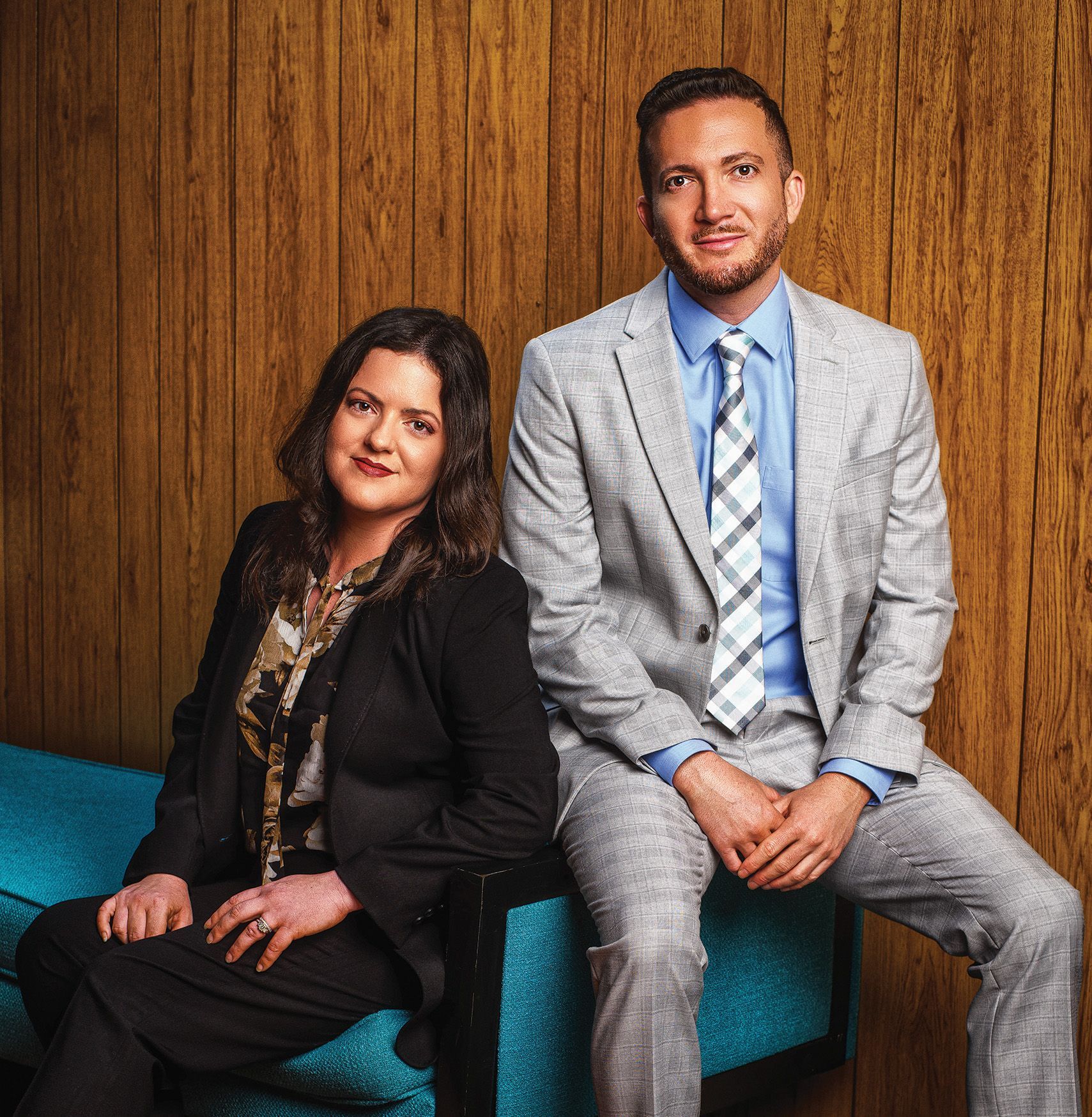Corrie Benfield Pellegrino is a seasoned web content developer specializing in law firm marketing. With over six years of experience at Consultwebs.com, she effectively collaborated with consultants and designers to create content strategies that significantly boosted conversions and search engine rankings. Currently, Corrie serves as the Senior Managing Editor at Moffitt Cancer Center, where she continues to leverage her expertise to drive impactful content initiatives.
4 Sources of Inspiration for Brand Storytelling
All law firms have stories to tell. Stories of triumph. Stories of tragedy. Stories that often fuel movie plots and leave people wanting more. So how do you draw those stories out to help build your brand? You’ll need to start with a source, an inspiration for the story you want to tell. And that shouldn’t be hard. Lawyers are fortunate to work with a treasure trove of interesting people and tackle a ton of fascinating topics in their careers. Here are four sources of inspiration that you could tap into:
1. Your Clients
Helping people is the reason you do what you do, and winning for clients can make a huge difference in their lives. Your clients can tell stories that people can relate to, especially those who may find themselves in the same boat.
While you were focused on the nitty-gritty facts of their case, your clients were likely on an emotional roller coaster. They can share that emotional side of what they have been through, and how your firm helped them get through the dark times and find hope. Your clients’ stories can breathe life into your impressive (but sometimes impersonal) list of case results.
2. Your Attorneys and Staff
You are so much more than a headshot or a commercial tagline, and you need to show that. Consider telling your own stories: What motivated you to go into law? What pushed you to start your own firm? What cases have kept you up at night and why? Is there one case that has changed the way you look at the world? Is there a client whom you have kept in touch with for many years because you formed a special bond? What are your interests outside of work that keep you fulfilled?
These types of stories help make your personality stand out from all the buzzwords and advertising hype. They show who you are as a person and help potential clients connect with you.
And never underestimate the wealth of stories among your staff. These are your brand ambassadors—answering the phones, greeting people who walk in the door, digging for information for panicked clients. Which staff members have been with you the longest, and why do they love working for your firm? Do your staff members participate in hobbies or volunteer work that has helped them connect to clients? You never know who may have a story to tell until you ask.
3. Your Professional Partners
There are plenty of people you work with every day who have extremely interesting jobs and loads of stories related to cases they have worked on with you. For example, the average person has probably never heard of an accident reconstructionist, let alone what that job entails. And think of all the emotional cases your life-care planning experts have worked on with you.
Consider tapping into those partners who help you help clients. What drives them to do what they do? What makes their jobs interesting? What do they add to your brand, and how do all their puzzle pieces come together to make a strong case for your clients?
4. Big Data or Patterns of Information
Beyond the personal stories, keep an eye on the news and information coming out of the agencies you deal with frequently. For example, the police may release a list of the city’s most dangerous intersections. That report may refer to crash data from the state, which could be used to tell a much bigger story about dangerous local roads.
Keep in mind that not all stories are told through videos and long narratives. Many data-driven stories can be told through graphics and maps, such as this one that our team created for the Tate Law Offices in Texas (http://www.tatelawoffices. com/texas-triangle-tragedies). Often, data can tell a story that provides useful information, impacts people’s everyday lives, and emphasizes your brand’s mission of serving the public.
Structure Your Stories in a Way That Keeps People Interested
When thinking about how to structure your brand’s stories, keep some of your favorite movies in mind. What do they have in common structurally that you should incorporate?
Most likely, they are built on:
- A good guy
- A bad guy (or bad situation)
- Supporting cast
- An interesting opening
- A struggle to overcome
- A surprising twist
- A satisfying conclusion
Not every story you tell will include all of these elements, but it helps to outline your structure with these factors in mind. In addition, take into account:
The average person’s attention span is 8 seconds (shorter than a goldfish’s), according to a well known 2015 past study from Microsoft. This means you have very little time to hook your audience and keep them interested in your story. If you are telling your story through video or text, focus on a great opening and interesting character development from the start. If you are sharing stories through a graphic or multimedia asset, make sure it is visually interesting and easy to navigate at a glance.
The conclusion to your story shouldn’t be the end. Your stories should leave your audience wanting more—and give them ways to find it. Direct them to your website, invite them to contact you, point them to more stories. Remember, one of the goals of brand storytelling is to build a personal connection with your audience, so you have to keep that connection going.
How Will You Tell Your Brand’s Story?
When considering the best ways to boost your brand through storytelling, take all of your communication channels into account. Share your stories on your firm’s website, through social media, on your blog, and in press releases. Capture emotions through videos that people will relate to and want to share. Collect letters, notes, and photos from clients. And write your own stories in your own voice, so your personality can shine through.
In the end, the stories you tell should reflect a consistent image of your brand. They should be impactful, insightful, and—most of all—leave people with the desire to learn more about your law firm.








